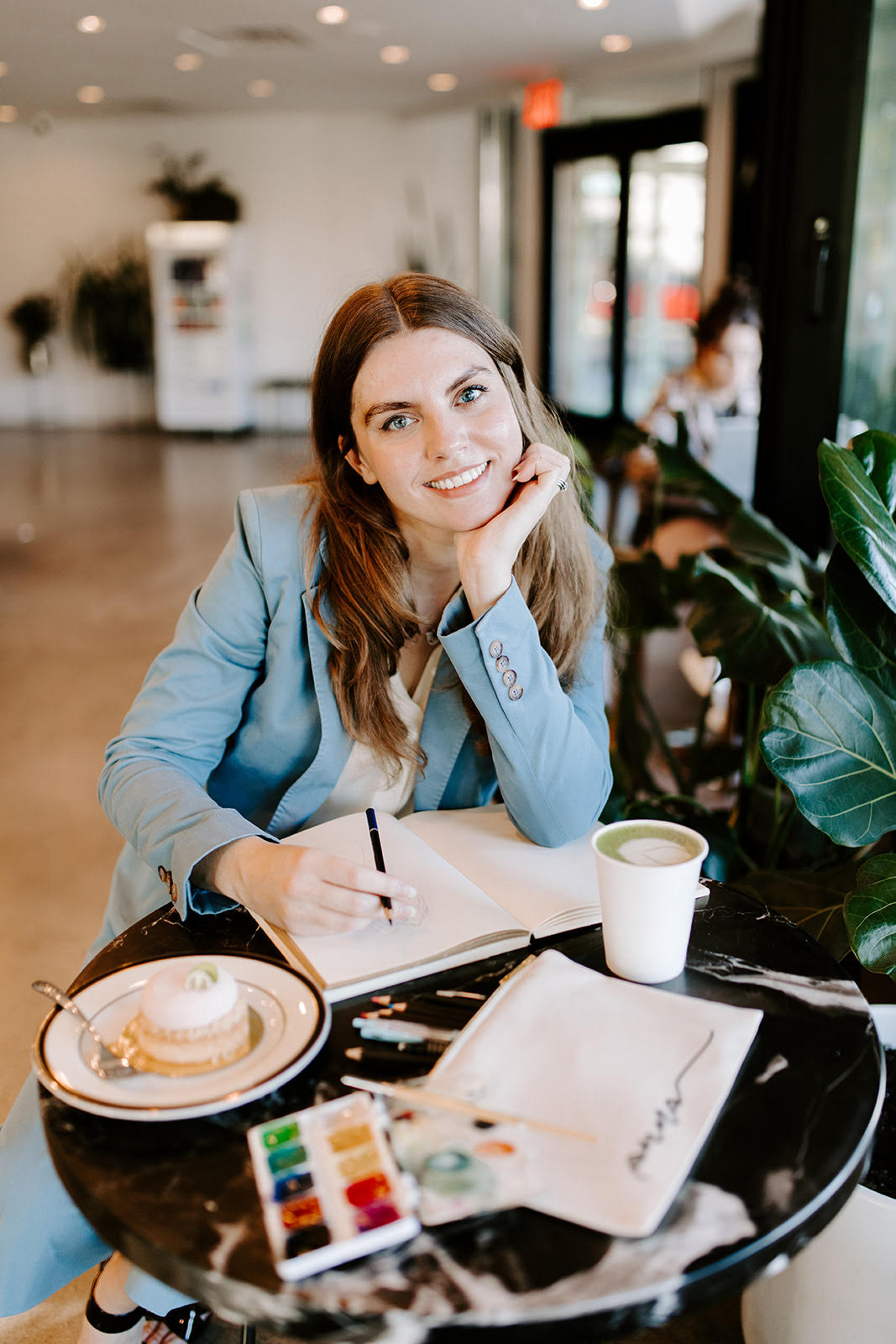We caught up with the brilliant and insightful Anna Gusselnikova a few weeks ago and have shared our conversation below.
Anna, looking forward to hearing all of your stories today. We’d love to hear the backstory behind a risk you’ve taken – whether big or small, walk us through what it was like and how it ultimately turned out.
I initially studied fashion design with a focus in menswear. After almost a decade of working in design roles I decided to take a sabbatical and explore what I wanted to do career wise/creatively for a whole year. During this time I fell back into fashion illustration, and instead of doing the quick work sketches I did in my corporate jobs, I had the luxury of taking the time to make them more elaborate. It quickly clicked that this creative part is what I really enjoy in the design process. As I spent more time drawing and flexing my creative muscle, my illustrations and style started emerging at a faster speed. Though initially I took the sabbatical to recoup from the burnout of COVID inflicted overwork and thought I would go back to a design position, now I was realizing that fashion illustration is what I wanted to do full time. Without taking that very scary leap into the unknown in 2021 with no opportunities lined up I wouldn’t have rediscovered my passion for fashion illustration.
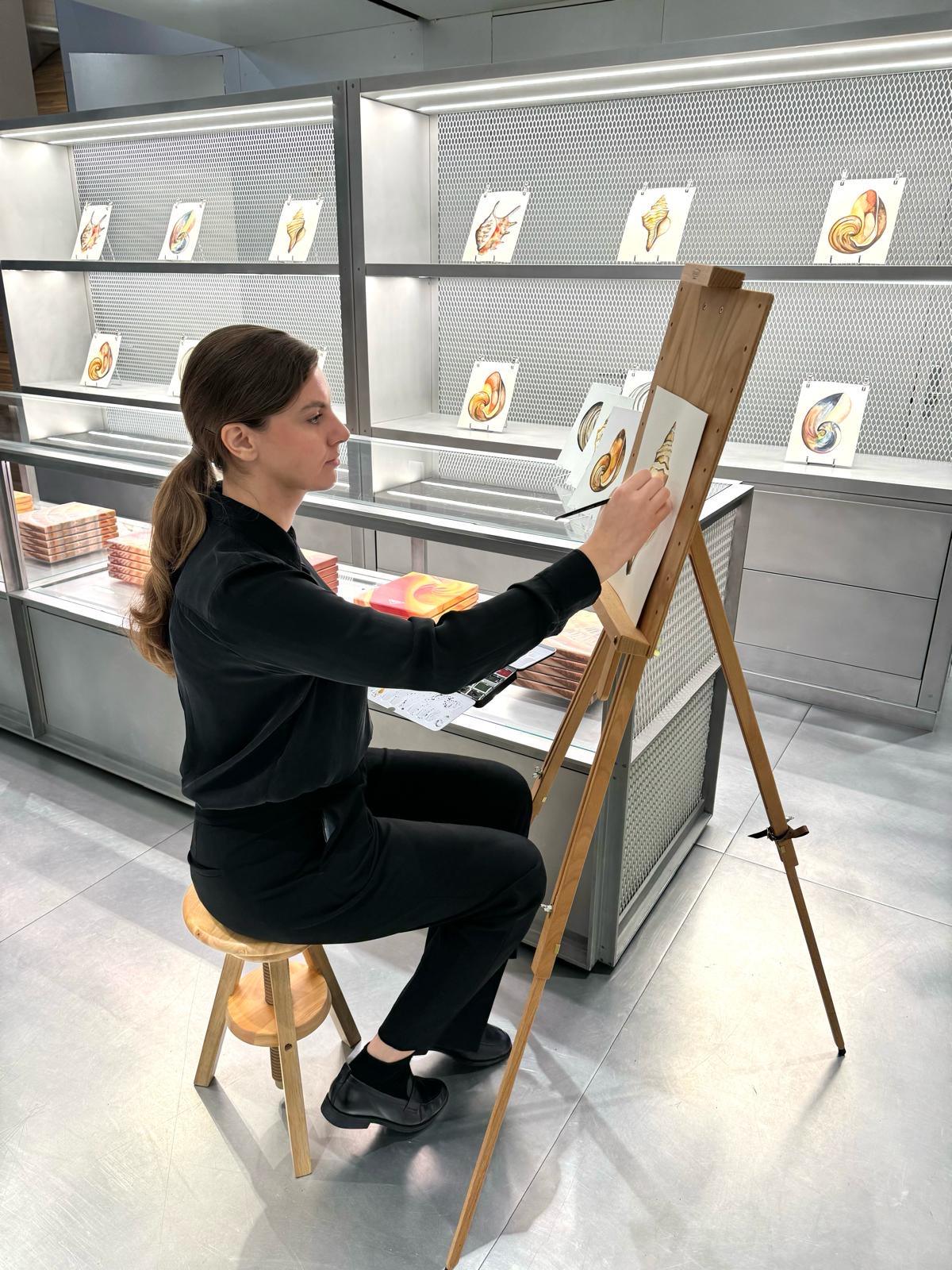
Anna, love having you share your insights with us. Before we ask you more questions, maybe you can take a moment to introduce yourself to our readers who might have missed our earlier conversations?
I have been passionate about art and fashion since a very young age. As a child I drew all the time and loved watching iconic 90’s catwalks on the FashionTV channel, imagining new outfits I would later sew for my dolls. After I immigrated to the US from Kazakhstan, I had the opportunity to attend SCAD where I learned all about fashion design and built my portfolio. I moved to NYC with only a carry on filled with my portfolio and a couple of interview outfits, no job lined up, and full of hope. Over the next few years, I honed my design skills at iconic fashion brands including Karl Lagerfeld and Ralph Lauren, before branching out on my own to focus on fashion illustration. Now I focus on creating editorial illustrations along with my personal paper art pieces and help luxury brands create unforgettable in-store activations, whether it be live drawing or creating paper flowers in store. My rich background in design helps me not only render garments accurately but also creatively problem solve on the spot. That way I can advise the client on which solutions will and will not work, helping guide them and realize their vision.
I am most proud of listening to my intuition and taking the risk of pivoting full-time into fashion illustration. Taking the leap and working consistently on my craft has rewarded me with returning clients and luxury brands that are wonderful to collaborate with. I’m excited to be a part of the resurgence movement of traditional fashion illustration. In a time when AI and social media can make art feel more like disposable content, it’s important to have that human touch and expression.
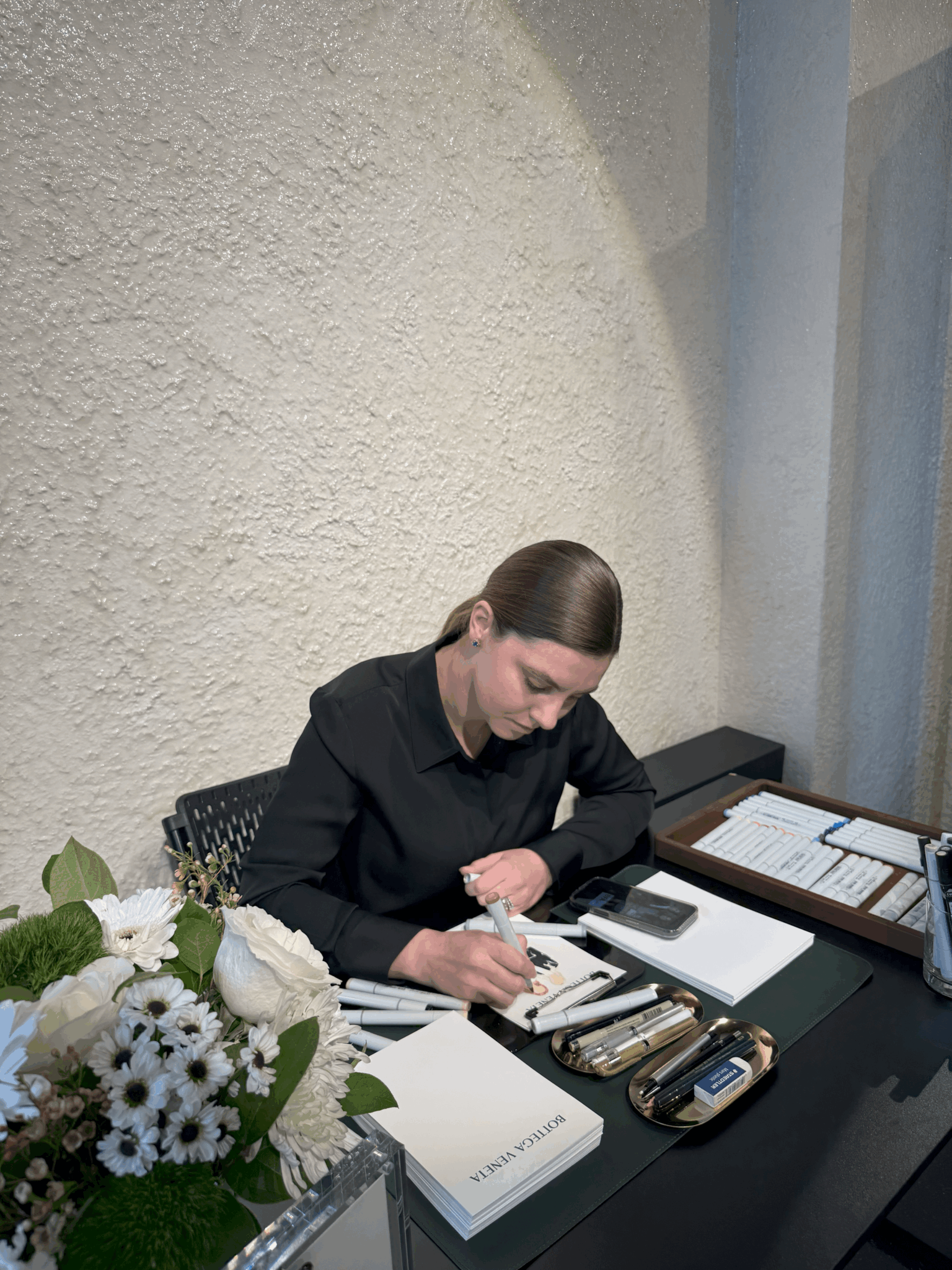
In your view, what can society to do to best support artists, creatives and a thriving creative ecosystem?
All the greatest artists started somewhere, when you think about it they had that one patron or friend, colleague, family member, or just someone who believed in them and their art. Many people think that to support the arts and creative ecosystem you need to be a rich person with insurmountable resources but on the contrary, creating a community and small acts of support is actually what keeps most artists going. I’m talking about small gestures like sharing their artwork with others, whether on social media or in person, donating to crowdfunding platforms that help artists realize their projects, buying even the cheapest piece of art they have (like stickers or postcards), gifting the art you purchased and encouraging the artists to keep going during tough times. Another way to support, if you are friends with an emerging artist, is to pay them when collaborating to help them build up their worth, no one can eat “exposure” for dinner. Last but not least encourage kids to explore different art forms just for the sake of making something and not just as a “career” prospect that they can make money from. This will make more people appreciate art as they grow older.
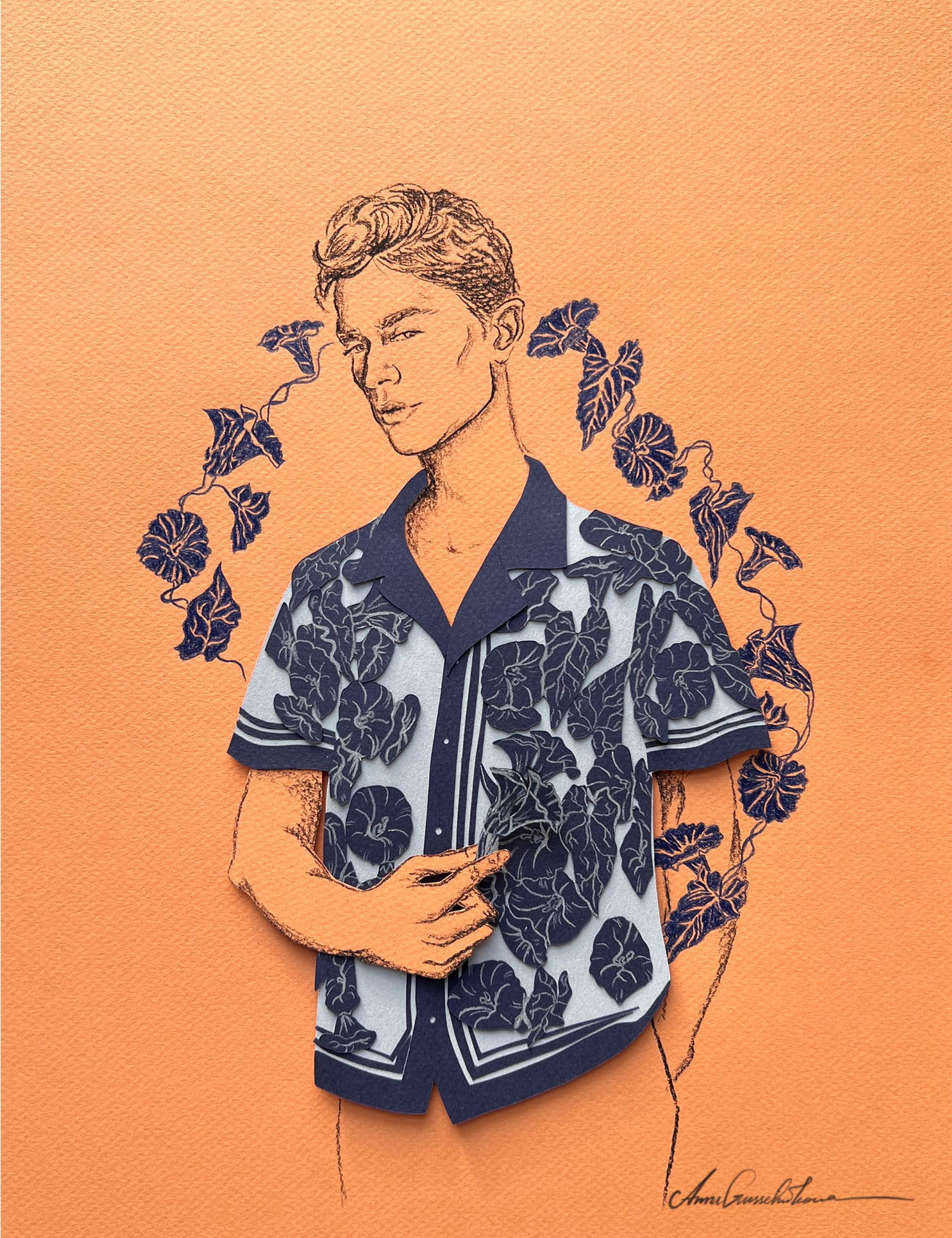
Learning and unlearning are both critical parts of growth – can you share a story of a time when you had to unlearn a lesson?
Going to art school and working in the design world for as long as I did, we were taught to put 110% into everything we do. Which often times resulted in long nights working, vacations not being taken, and burning the candle at both ends. This causes burnout and is the ultimate killer of creativity! After taking my sabbatical I quickly learned that I have much to change about my workflow. Rest is so important and reflection helps the creativity thrive. If we don’t slow down and take time to rest we wont be able to create from an empty cup. These days my rest can look like me going to the MET and soaking up all the ancient art or latest exhibitions. Maybe even traveling a short distance to get inspired by nature. Sitting down and reflecting on the year before and writing down goals and desires for the next year can also be a productive way of resting.
Contact Info:
- Website: https://www.annagusselnikova.com/
- Instagram: https://www.instagram.com/agusselnikova/
- Linkedin: https://www.linkedin.com/in/agusselnikova/
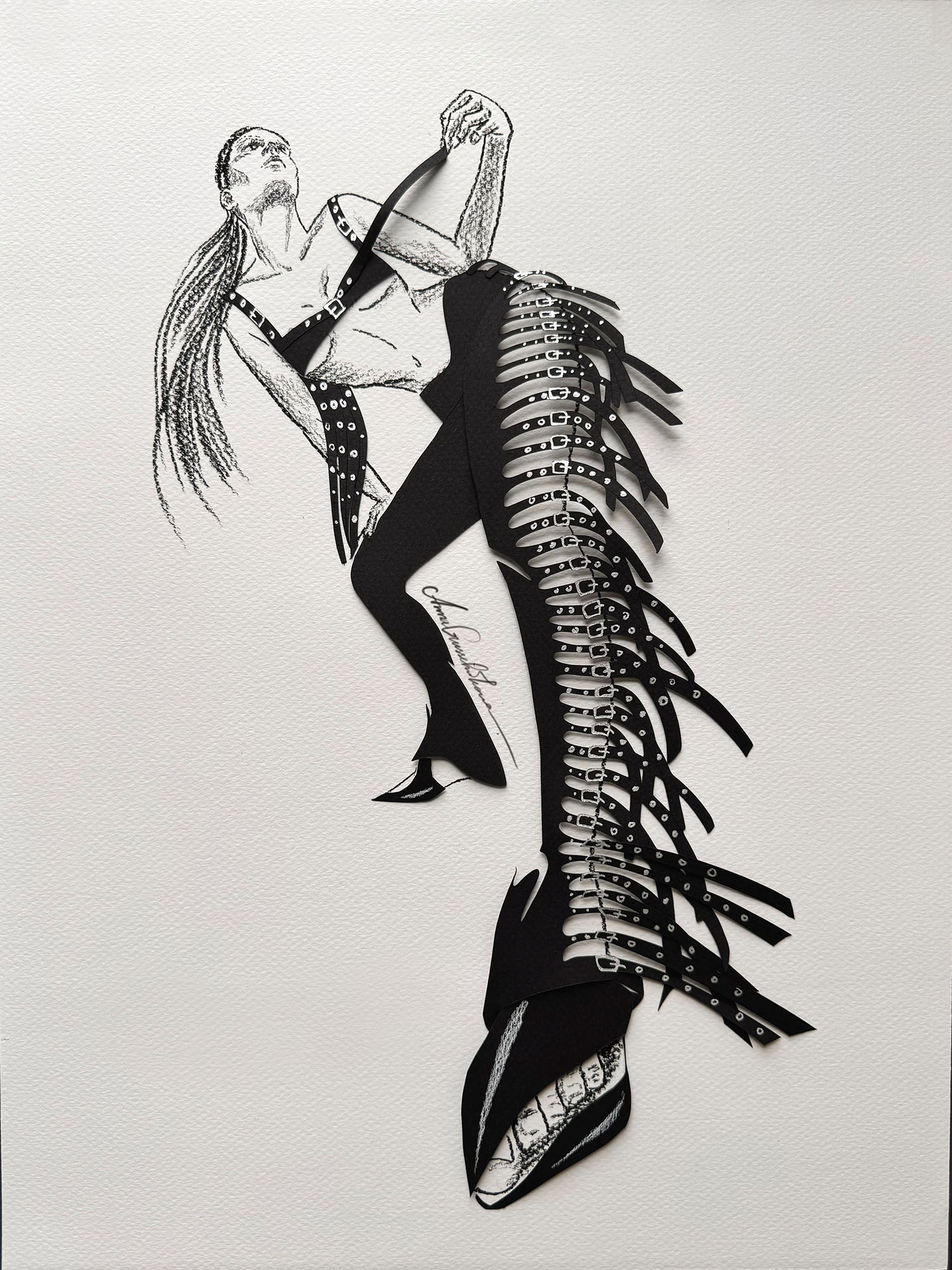
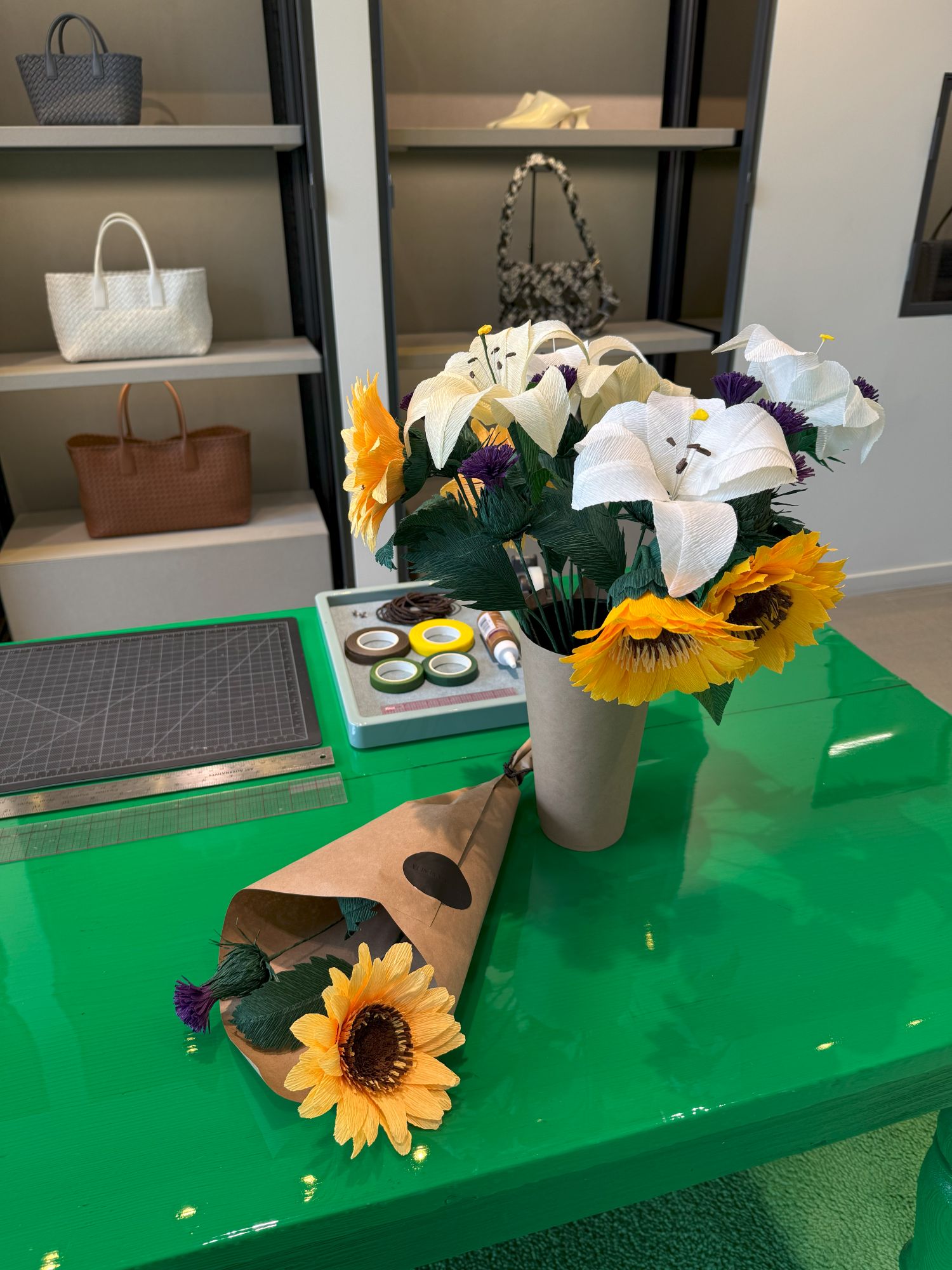
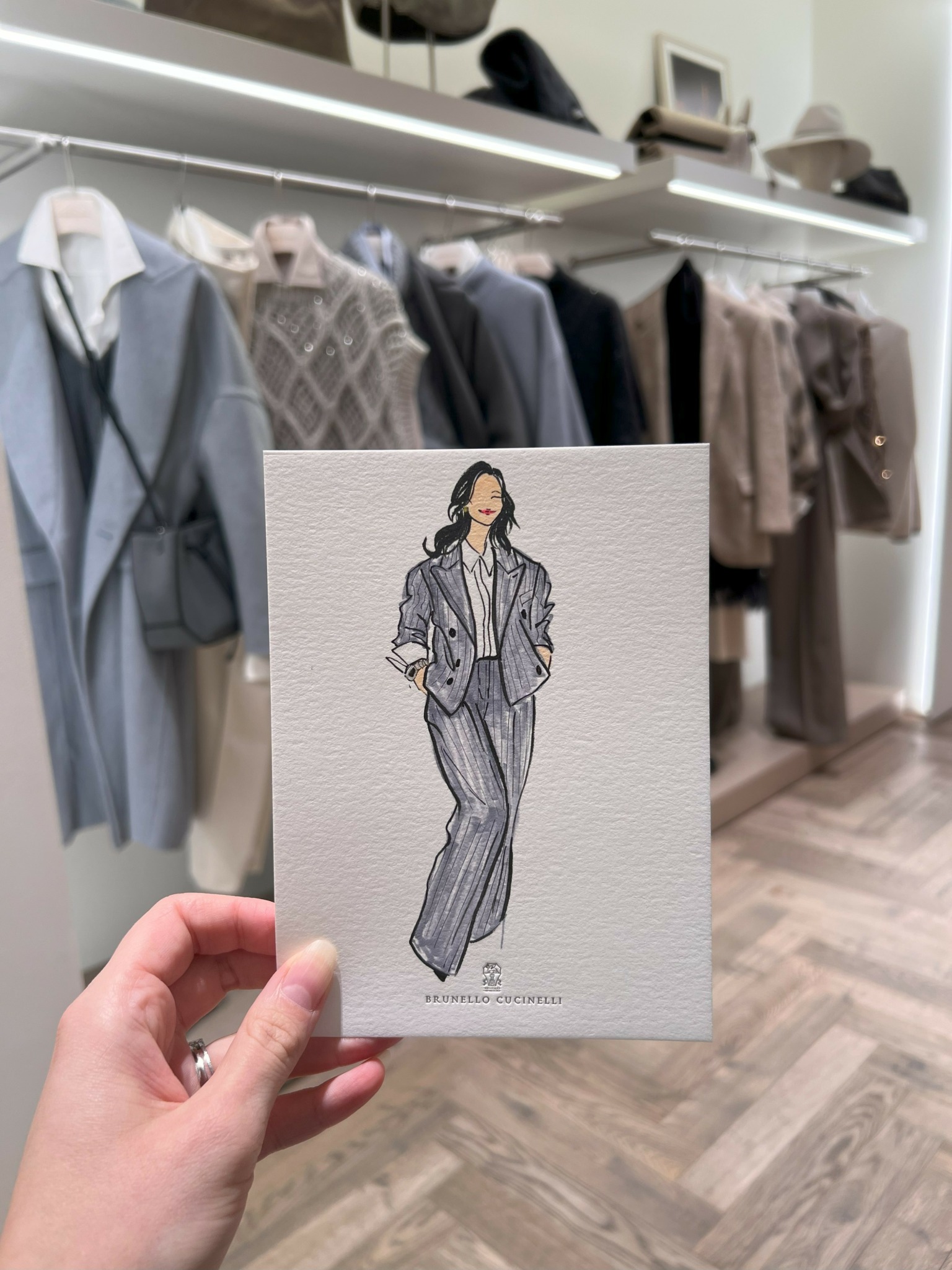
Image Credits
Headshot photo by Kara McCurdy https://karamccurdy.com/


